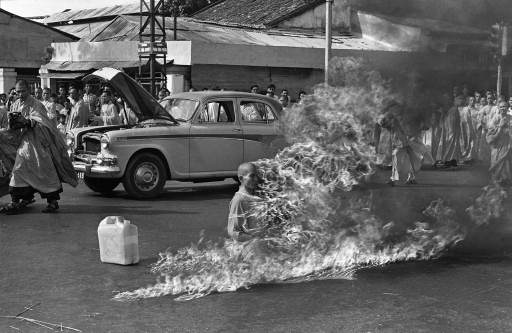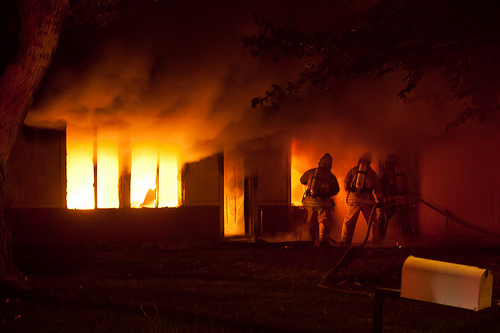CAUTION: There is a picture of a horrible foot below
Fire, mankind’s oldest ally. The discovery of fire allowed us to cook our food and develop larger brains. During the industrial revolution, the harnessing of fire’s potential to create steam drove the creation of fantastic and powerful machines. We have lived with fire as a tool for millennia but our relationship with it has always been an uneasy one.
When you were very little you probably touched something hot. You probably only did it once, that was enough to teach you a key universal truth. Fire is not your friend. (There are exceptions – when I worked as a chef I burned myself horribly on a weekly basis, I guess people learn at different speeds.) But the mechanics of fire’s effects on the human body are fascinating, if a little gross.
The most common injury from direct exposure to heat is a thermal burn. The minimum temperature for producing a burn is about 44°C over a period of about 5 or 6 hours or about 65°C for two seconds is sufficient. At this juncture we’d just like to say, take our word for it, this doesn’t require additional experimentation at home.
Anyway, burns are divided into three categories based on their depth and severity.
- First Degree burns effect the epidermal (outermost) layer of the skin, we’ve all probably experienced a first degree burn.
- Second Degree burns penetrate through to the dermis, the layer of tissue beneath the visible skin where the nerves, glands and capillaries hang out. These ones hurt.
- Finally third degree or ‘deep’ burns involve the destruction not only of the skin and subcutaneous tissue but also muscle and bones – there is visible charring and blackening of the effected flesh.
The severity of a burn is dependent on several different factors. Naturally heat is a huge factor – the hotter the fire, the more severe the damage. The body of an adult does not burn completely in a house fire, for example, as the temperature does not exceed 650°C.
For the purpose of cremation a body must be incinerated for one and a half hours at 1000°C reducing it to between 2 and 3 kilos of ash and some bone fragments. The next most critical factor is the extent of the burns, if more than 50% of the body surface is burned it will prove fatal even if the burns are only first degree. Age and sex also play a part with children and women more likely to die of burns than adult men.

Quang Duc, a Buddhist monk, burns himself to death on a Saigon street June 11, 1963 to protest alleged persecution of Buddhists by the South Vietnamese government. (AP Photo/Malcolm Browne)
So how does fire actually kill you? Well, in lots of fun ways. The most common is neurogenic shock caused by the excruciating pain. Then more than half of burns deaths occur in the first 48hrs from secondary shock due to fluids being lost from the burned surface. If you make it that far toxic shock is the next thing to worry about – 3-4 days after the injury as your body absorbs all the metabolites from the burnt tissue. Outside infection of burned or exposed tissue is the biggest factor in deaths four to five days after exposure.
So basically when your mum told little you “Don’t touch that, its hot!” She had her reasons.



